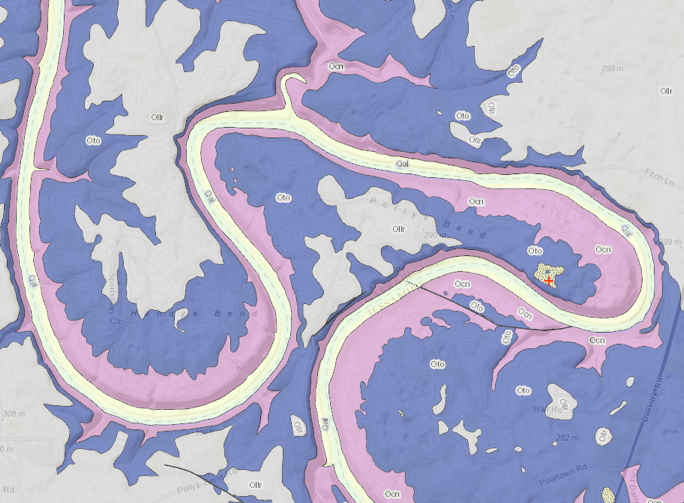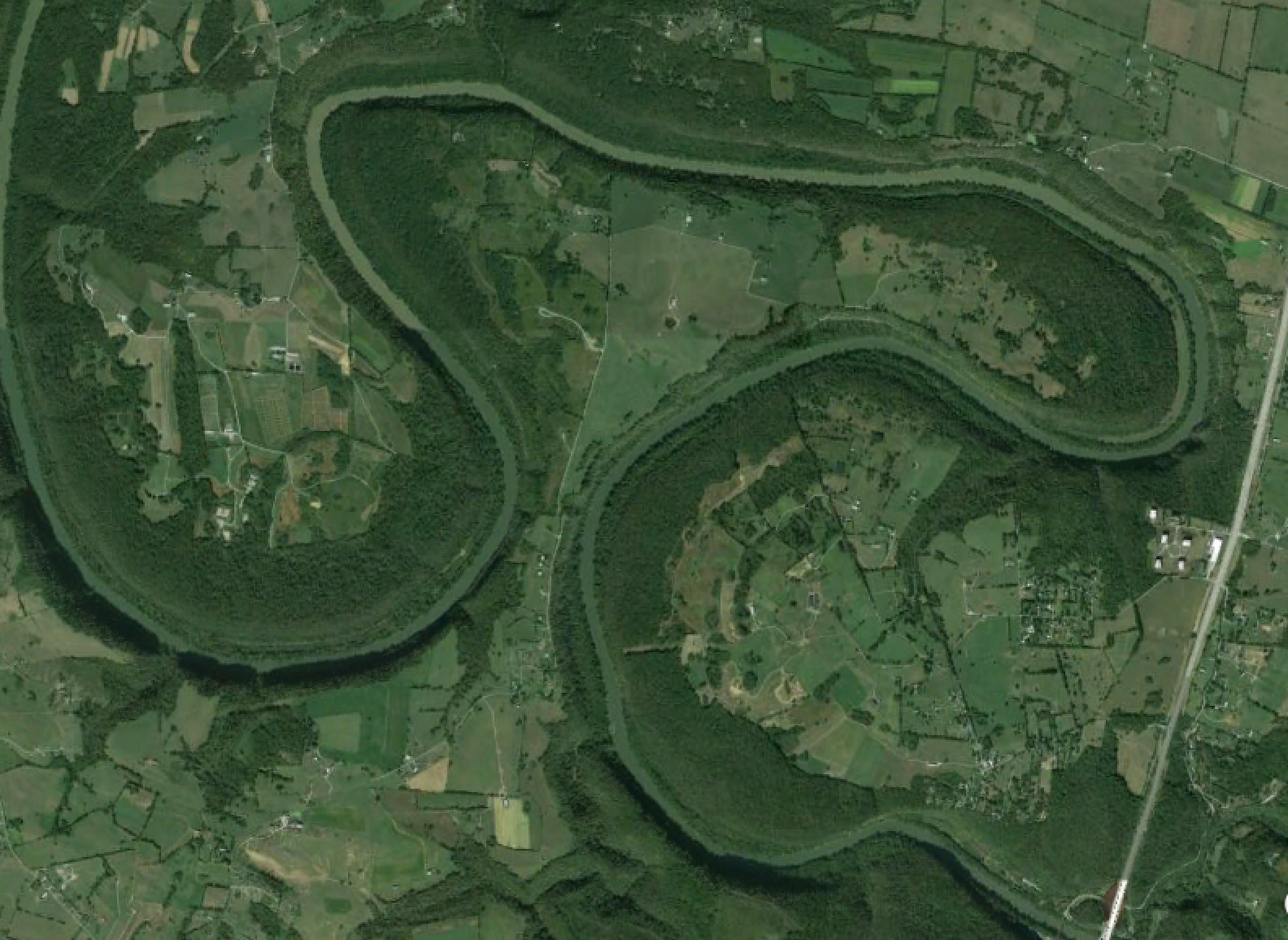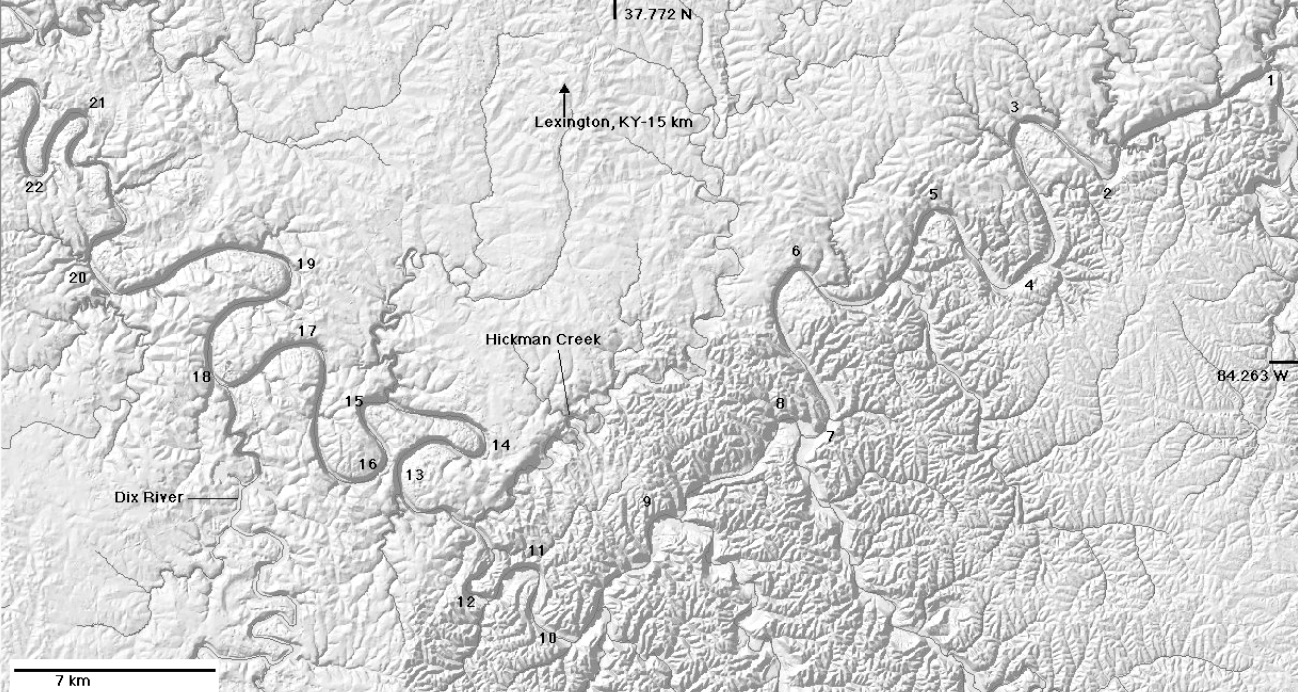GEOMORPHOLOGICAL STATE-AND-TRANSITION MODELS
State-and-transition models in geomorphology, co-authored with Chris Van Dyke, has just been published in Catena. The abstract is below:
State-and-transition models in geomorphology, co-authored with Chris Van Dyke, has just been published in Catena. The abstract is below:
From my student days onward, the aspects of nature that interested me most were the apparent anomalies--the things that were uncertain and unpredicted; that weren't like they were supposed to be. Nature contains both regular, ordered, predictable aspects, and irregular, disordered and unpredictable facets. As scientists we are taught to focus on the former and eliminate, ignore, or circumvent the latter. But anyone who spends much time in the field knows that our planet is a source of infinite variety and ever-increasing uncertainty (because the more you learn, the more you realize that you don't know). But what always fascinated me was not that (for instance) the soils or streams or eastern North Carolina or central Kentucky fit, and can be predicted by, some broad pattern. It was the fact that you can often auger the ground at two spots less than a meter apart and find completely different soils, or walk or canoe a stream channel and easily find features not explained or predicted by the conventional scientific wisdom.
Axiomatic approaches to science and mathematics depend on an underlying set of statements, principles, or propositions that apply to all situations within the domain of study. The axioms run the gamut from undisputed universal laws to widely or even universally accepted but unproved or unprovable generalizations, to propositional stipulations adopted for analytical convenience or because they raise interesting questions.
Examples abound in mathematics and formal logic, and in science, engineering and technological applications of math and logic. Although it is only occasionally referred to as such, the laws of stratigraphy (details in any geology textbook) form an axiomatic approach to sedimentology, sedimentary geology, and related palaeoenvironmental studies. The laws of original horizontality, lateral continuity, superposition, and cross-cutting relationships are assumed in this approach to apply to all sedimentary deposits, and therefore form an axiomatic system for interpretation.
The online-first version of an article I co-authored with Chris Van Dyke is now available from Earth Surface Processes and Landforms: “Principles of geomorphic disturbance and recovery in response to storms.”
The abstract:
25 years ago, Vic Baker and Rowl Twidale published an article in Geomorphology called “The Reenchantment of Geomorphology.” At the time, I found their essay interesting and provocative, but annoying, and I disagreed with much of their message and with their overall tone. Over the years, however, I have come to have a much different perspective—overall, I have largely come around to Baker and Twidale’s view.
Here’s the abstract of their paper:
In 2012, I published an article in Earth-Science Reviews called Storytelling in Earth sciences: the eight basic plots. Just for background, the abstract reads thus:
Karst development is strongly influenced by climate, both directly (via the moisture balance and temperature regime) and indirectly. The indirect effects include biogeomorphic impacts of biota, and base level changes associated with sea-level and river incision or aggradation. The literature on cave and karst landscape evolution has plenty on the general influence of climate on karstification, the role of base-level changes, and speleothems as proxy records of climate change. There is little on how (or whether) direct effects of climate change influence the rate or nature of karst development.
Though the meander bends in the Kentucky River gorge area are considered to be mostly inherited (i.e., they were there before the river began downcutting about 1.5 million years ago), they are not static features. This continues a previous post looking at Polly’s Bend.

Geologic map of Polly’s Bend (from Kentucky Geological Survey’s Geologic Mapping Service). Ollr, Oto, Ocn are all Ordovician limestones. Qal is Quaternary alluvium, and the stippled pattern with the red + is Quaternary fluvial terrace deposits. Polly’s Bend is about 5 km in maximum width.
South of Lexington and north of Danville, Kentucky, the Kentucky River makes a major turn from a generally SW to NW direction. Shortly downstream, there is a compound “gooseneck” meander bend called Polly’s Bend.

Google EarthTM image of Polly’s Bend. The maximum width from tip to tip is ~ 5 km.; minimum width of the neck is ~ 350 - 400 m.
While not the norm, such tight bends are not uncommon in winding alluvial rivers, and will eventually be cut off during a flood, when the channel cuts across the narrow neck. Polly’s Bend, however, is entrenched in bedrock. The narrow neck (and the rest of the bend) has more than 100 m of solid limestone bedrock to cut through. So a classic meander cutoff, with flow going overbank across the neck and cutting a new channel; that ain’t gonna happen.

Shaded relief map of the Kentucky River gorge area in central Kentucky, from an earlier report on evolution of meander bends in this area. Bends 13-16 comprise Polly’s Bend.
This continues my previous post, toying with the notion of what a Romantic geomorphology would be like. This is based on the Romantic movement in art, literature, and science, rather than the more common meanings related to amourness and love, or to unrealistic idealism. Though, come to think of it, maybe Romantic geomorphology in those terms is also worth thinking about . . . .
Anyway, in the earlier post I noted that Daniel Gade’s book, Curiosity, Inquiry, and the Geographical Imagination (Peter Lang publishers, 2011) proposed 14 tenets of the Romantic imagination as it relates to research. Eight of them, in my view, apply readily to geomorphology and geosciences in general, though certainly not all practitioners display or even aspire to all of these traits. Six others need a bit more dissection.
Search for the Exotic